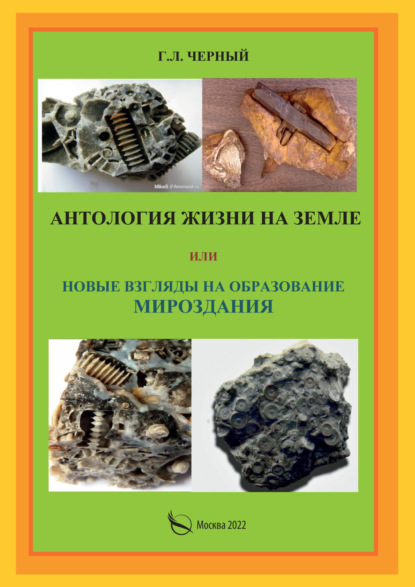Книга "The Multicultural Classroom" автора Jassin Peskoller освещает широкий спектр вопросов, связанных с изучением многоязычия и многокультурности в обществах. В связи с увеличением глобализации, все чаще возникают вопросы о значимости включения различных точек зрения в учебный процесс, а также о необходимости устранения преобладающей монокультурной ригидности. На фоне этих изменений авторы выступают за изменение и адаптацию существующей методологии обучения и материалов в классе, чтобы справедливо относиться к растущему разнообразию учащихся.
В этой книге представлены результаты качественного исследования, проведенного в Австралии, стране, известной своей лингвистической и культурной многообразием. Конкретно, исследование было посвящено образовательному контексту коренных австралийских учащихся, выявляя способы внедрения точек зрения коренных народов в учебные материалы и методологию. Кроме того, проект выявил связанные с этим проблемы и возможности для улучшения.
Электронная Книга «The Multicultural Classroom: Learning from Australian First Nations Perspectives - Jasmin Peskoller» написана автором Jasmin Peskoller в году.
Минимальный возраст читателя: 0
Язык: Английский
ISBN: 9783838275871
Описание книги от Jasmin Peskoller
The scope of multilingualism and multiculturalism within societies is increasing on a global scale. As this is happening, discussions are emerging concerning the significance of including a variety of perspectives in classroom discourse as well as the imperative of ridding it of a prevailing monocultural straitjacket. Against the backdrop of these changing realities, authors have advocated for a revision and adaptation of current teaching methodology and classroom materials in order to do greater justice to an increasingly diverse student population.
This book presents the findings from a qualitative research project conducted in Australia, a country acclaimed for its linguistic and cultural diversity. Specifically, the study investigated the educational context of Indigenous Australian learners by shedding light on the incorporation of First Nations perspectives in teaching materials and methodology. Additionally, the project identified therewith-related challenges and possibilities for improvement. The results provide insights into the multifacetedness of language- as well as culture-related factors, which prove vital for learning processes. Moreover, the results reveal the complexities arising in connection with the incorporation of First Nations perspectives in classroom discourse. The data also point towards dimensions for improvement and recommendations for action for educators working in diverse classroom settings.
As growing linguistic and cultural diversity has become a global reality, this volume, addressing Australian First Nations perspectives, offers an important contribution to the field of contemporary education.



















